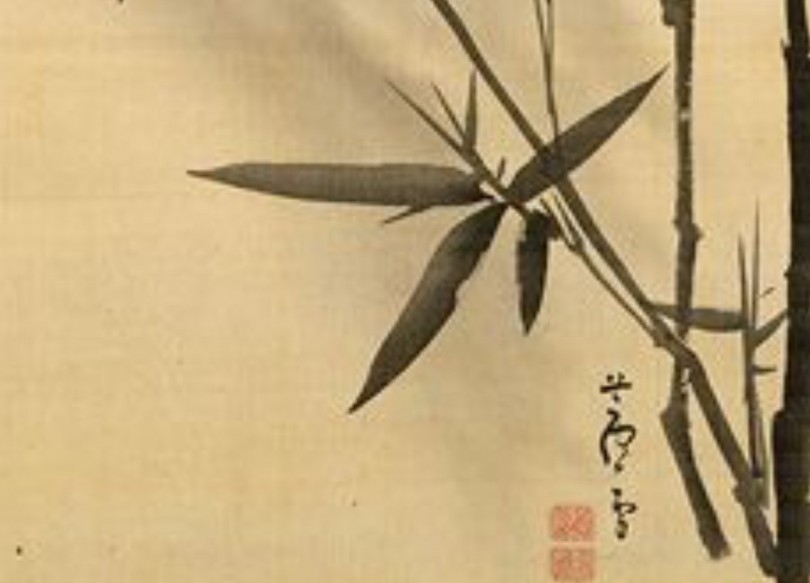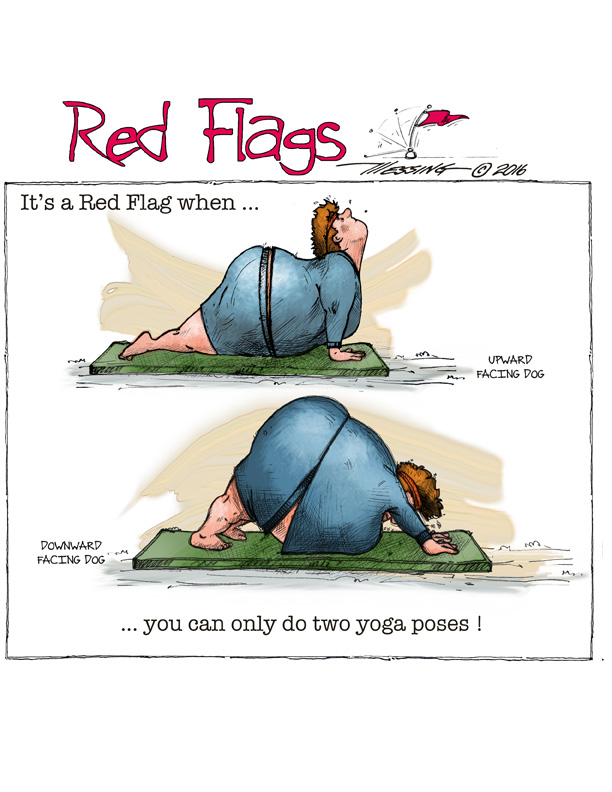ONE MILLION MIRACLES
ABOUT ONE MILLION LITTLE MIRACLES!
Did you ever have a sore toe? At first you think, “No big deal, it’s just a pinky toe” Soon you notice your whole body reacts as you begin limping around. If you limp long enough, your other leg or back will react and probably begin hurting as well. Ever have one of those sinus headaches that, when you bend over, feels like your brains are going to squirt right out of your ears? How about that toothache that always comes on the eve of a big holiday, or coincidentally when your dentist is vacationing in Aruba for the next couple of weeks?
I’ve had several heart attacks, 13 kidney stones, two back surgeries, gall bladder removal, and a myriad of other painful “foozgungities,” including arthritis flares. These have all taught me this: “It takes about one million little miracles to work perfectly just so that I can have an “OK” day, and about a million more for a really great day!”
I know what you are thinking. You are wondering what does all this have to do with art? Let’s think about a work of art. Consider how many things must work in unison just to produce an OK piece of artwork, like the hardness of your lead, the type of eraser, or your choice of paper. What is the subject you are about to “re-present,” and what medium fits it best? Is the subject the right size on the page and is the layout and crop good? Is the structure and perspective right, and could there be tangents or defects in the scene or subject that need to be addressed? If it is worthy, how will you present it? Matted or matted and framed? Will you float it with spacers, museum mount the thing, or use glass or no glass? These considerations barely skim the surface! This is exactly what makes art so frustrating, and at the same time, so much fun and immensely fulfilling when it all comes together. It is the throes of creation combined with the chance of failure that make it all worth doing.
 It’s that painting that lets you tick off every box on your list of expectations. Or the sculpture that is, by your estimation, perfect from every angle; the patina and form that perpetually changes as the light continually moves across it. That watercolor with loose wet washes that support stunning details. The colored pencil or pastel that perfectly “re-presents” the colors, shapes, and details of the subject.
It’s that painting that lets you tick off every box on your list of expectations. Or the sculpture that is, by your estimation, perfect from every angle; the patina and form that perpetually changes as the light continually moves across it. That watercolor with loose wet washes that support stunning details. The colored pencil or pastel that perfectly “re-presents” the colors, shapes, and details of the subject.
Your body of artwork will always contain those pieces that needed a half million little miracles to work in concert, and it turned out to be OK. But there are those precious few pieces that took advantage of a million little miracles and turned out to be the perfect fulfillment of your every expectation.
If you are afraid of that “chance of failure” or have experienced it too many times, try “craft” for a fulfilling and creative respite. Those who have studied under my direction are aware that I have always preached that the difference between “art” and “craft” is this: With “art” you always run the risk of failure; whereas, in “craft”, you are more likely assured a predictable outcome. “Craft” is a skill that can be learned, duplicated, and repeated with a modicum of success. “Art” is a personal expression of a God-given ability that, when expressed, even through experienced handling of the media, can run the gamut from classical and safe to bold and experimental. Yet, always in the arts, you run the risk of complete failure. Yes, there are books written about the differences between art and craft. However, in my mind, it is simple when you contemplate the final product. Craft = guaranteed outcome and Art = greatness, mediocrity or failure. But with that said, there is, of course, no hard line between “craft” and “art”.
Sumi art is a beautiful blend between art and craft. Try this: Pick up a ten dollar book on Sumi art, a couple of Japanese-pointed brushes, and probably two or three pads of paper. Then, devote five or six hours practicing several basic brush strokes and a few formulaic images of reeds, fish, bamboo and flowers. By the end of the day, both the artist and crafts person will have something beautiful and definitely worth framing. Crafts people can, and often do, cross the line and create what anyone would call “a work of art.” And when artists do “crafts” they usually lend a certain flair and spirituality to their creation.
The bottom line is this: If you are a “crafts person,” your project needs about a half million little miracles, and if you are an “artist,” your successful work of art no doubt requires more like ONE MILLION LITTLE MIRACLES!
I am enjoying cartooning my Red Flags series. I have such a variety of funny topics written down and waiting to illustrate. I can’t resist the Red Flags about weight gain and exercise !



